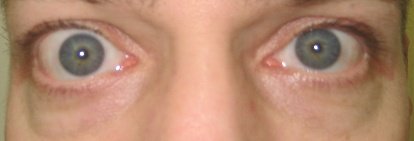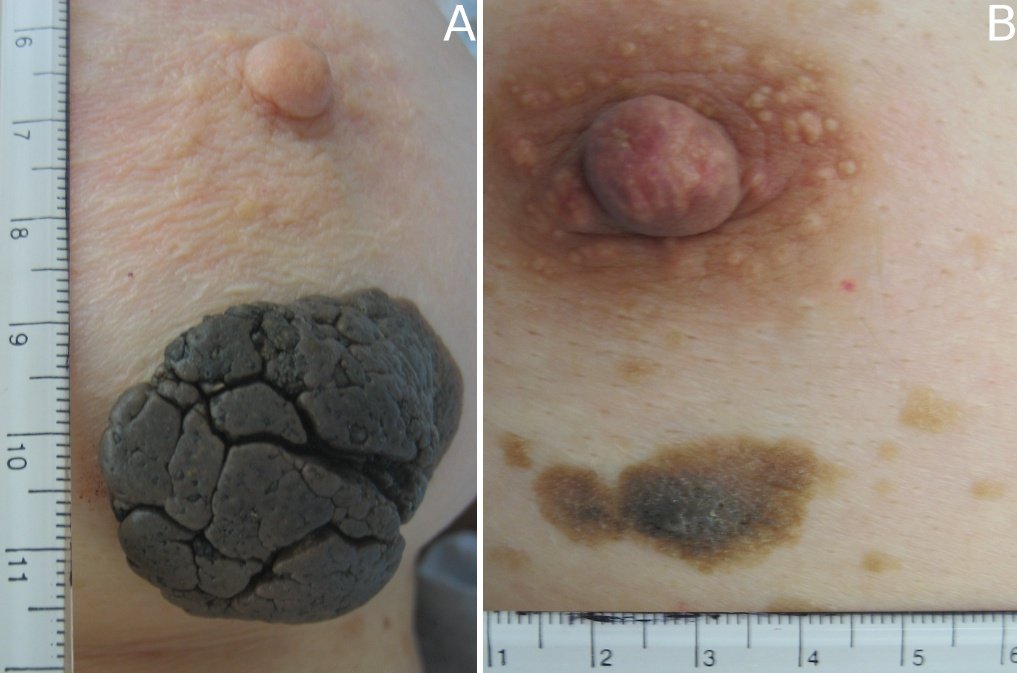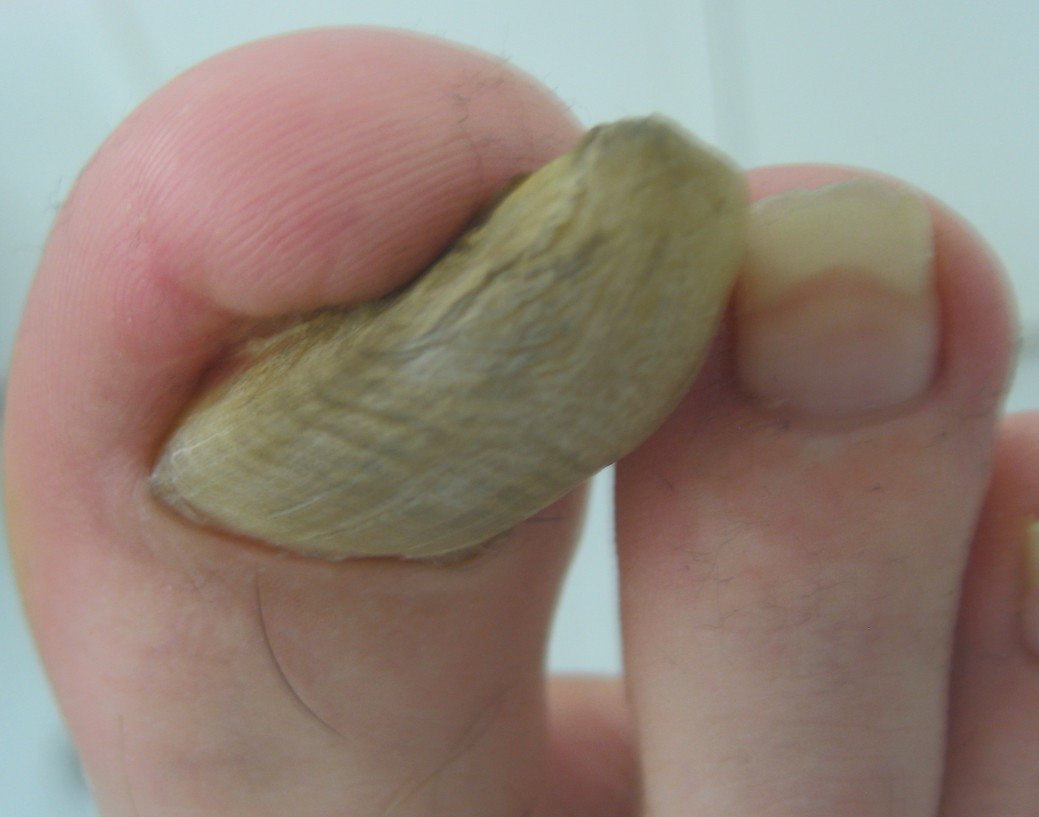According to Thyroid Foundation of Canada website, it is estimated that 200 million people in the world have some form of thyroid disease. One in every three Canadians (about 10 million people) has a thyroid disorder. Of those, as many as 50 per cent are undiagnosed.
The normal function of the thyroid gland is to secrete hormones. These hormones have multitude of functions and are vital to metabolism in adults and for normal growth and development of children.
Underactive thyroid (hypothyroidism) causes many symptoms like weight gain, lethargy, cold intolerance, menstrual irregularities, depression, constipation and dry skin. Deficiency of thyroid hormone in children leads to dwarfism and mental retardation.
Overactive thyroid (hyperthyroidism) results in palpitations, nervousness, tremor, heat intolerance, weight loss, muscular weakness and usually there is a presence of goitre.
Hyperthyroidism can be caused by a number of conditions, including Graves’ disease, toxic adenoma, Plummer’s disease (toxic multinodular goitre) and thyroiditis.
Graves’ disease accounts for at least 90 per cent of all patients with hyperthyroidism. It is a condition where eyes are affected. A condition called exophthalmos – protrusion of the eyeballs. Graves’ disease is an autoimmune disorder in which antibodies produced by your immune system stimulate your thyroid to produce too much thyroid hormone.
These antibodies mistakenly attack your thyroid and occasionally the tissue behind your eyes (Graves’ opthalmopathy) and the skin, often in your lower legs over the shins (Graves’ dermopathy). Scientists aren’t sure exactly what causes Graves’ disease, although several factors, including a genetic predisposition, are likely involved.
The disease has a genetic component, although not every member of the afflicted families will suffer this condition. It is more common in females than in males.
In Graves’ eye disease, the eyes are painful, red and watery – particularly in sunshine or wind. The eye lids and tissues around the eyes are swollen with fluid. The eyeballs bulge out of their sockets (exophthalmos). Because of eye muscle swelling, the eyes are unable to move normally and there may be blurred or double vision. Some patients have decreased colour vision as well.
Fortunately, the eye changes tend to “burn out” within a period of about 24 months and, in most cases, there is a satisfactory end result even without any treatment. The double vision and the bulginess usually do not disappear completely.
Unfortunately, there is no satisfactory treatment to prevent Graves’ eye disease. Because hyperthyroidism seems to influence the eye disease, it is very important to treat the hyperthyroidism quickly and effectively. In most patients, the eyes tend to get somewhat better when the thyroid abnormality has been treated.
Start reading the preview of my book A Doctor's Journey for free on Amazon. Available on Kindle for $2.99!




